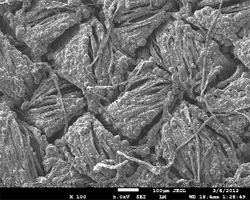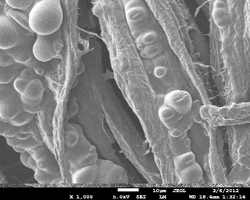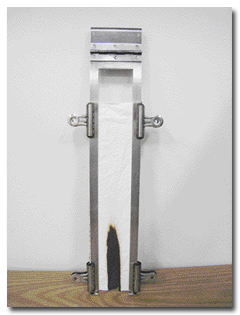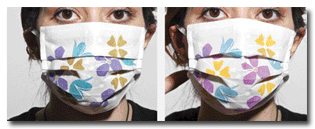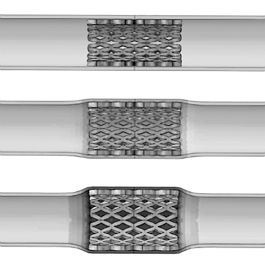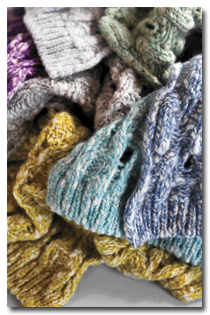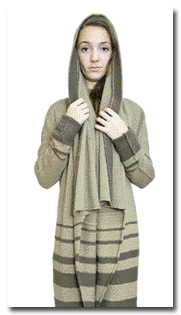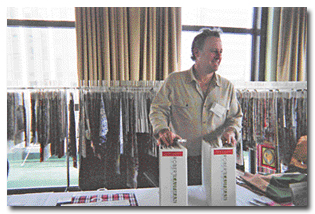The yarn market remained strong into the last week of November, with ring-spun (RS) cotton yarns
continuing to be in high demand. Spinners and yarn brokers also reported that orders for open-end
(OE) yarns were increasing as well.
“Overall, it’s been a pretty solid quarter — even a solid second half,” said one spinner. “We
had a slow period back in July, but it’s been pretty steady ever since.”
Said another spinner: “Our business has been really strong since the middle of July, and it
appears it is going to continue to be strong through the first quarter, unless something unexpected
happens.”
One industry insider said: “Everybody I’ve talked to is running pretty well. The knitters are
running. The weavers are actually pretty busy. I am hearing retailers continue to talk about trying
to bring programs back to the United States. I am even hearing talk that some of these retailers
may begin to feature Made in USA products in dedicated sections of their stores. While I’m not sure
it will materialize by the holidays, I think there’s a good chance some of this will happen by
spring. Overall, I would say the industry is cautiously optimistic.”
However, some industry insiders say there is nervousness about what the first of the year may
bring, depending upon if and how the Obama administration and Congress compromise on a tax and
spending plan. “Everyone is concerned about whether they can fix this fiscal cliff,” said one yarn
seller.
The fiscal cliff is a combination of spending reductions and tax-cut reversals that would
create a significant annual reduction in the federal deficit. Slated to start in January, it
includes $7 trillion in tax increases and spending cuts over a decade. However, many observers say
the movement is too much, too fast, and could plunge the U.S. economy back into recession. “What we
have now in our industry is a situation where everybody’s busy, but they’re scared.”
OE Makes Comeback; RS Prices In Flux
OE yarn demand has been generally weak for a sustained period, according to several spinners.
Small upticks in demand have been intense at times, but relatively short-lived. As of late
November, demand for OE yarns was relatively strong. Said one yarn buyer: “The companies I’ve
talked to are running at a fuller schedule for the most part than they have in a while. Pricing is
still not good, but business is better. OE margins are still very thin.”
RS margins are better, but pricing is volatile. “It’s rare that we’ve seen, in what appears
to be a relatively stable cotton market, such a wide variance in ring-spinning sales prices,” said
one prominent yarn broker. “Costs have to be relatively steady. While there are still a few
spinners with some higher-priced cotton, that’s not the cause of what we are seeing with these yarn
prices. They are all over the place.”
One yarn buyer said he’s seen prices for 30/1 RS combed cotton anywhere from $2.10 to $3.60 a
pound. “Some mills might quote a price for $2.10, but they don’t have any to sell. Others might be
at $3.50, and that’s with a six-week or more turnaround. Right now, there are mills selling
everything they can make for $3.45 or better.”
Quick Turn
One attribute that has provided a distinct advantage for U.S. spinners is the ability to
quickly produce and deliver orders. The definition of quick turn, however, varies somewhat with
demand. “There is no doubt we have given our customers the impression that we can always quickly
deliver orders,” said one spinner. “But in times of very high demand, that’s not always the case.”
“The dynamics of the ring-spun market have placed a premium on communication,” said another
spinner. “With limited inventories, it is inevitable that we will encounter scheduling challenges.
When that happens, communication becomes even more critical.”
A yarn broker agreed: “I had a customer call wanting a large order delivered immediately. I
explained that six weeks was the best I could do and would likely be the best anyone could do. I
got a purchase order later that afternoon.”
“The important thing is to put customer service at a premium,” said one spinner. “During this
type of market, communication, understanding and responsiveness are required to maintain the
momentum.”
November/December 2012

